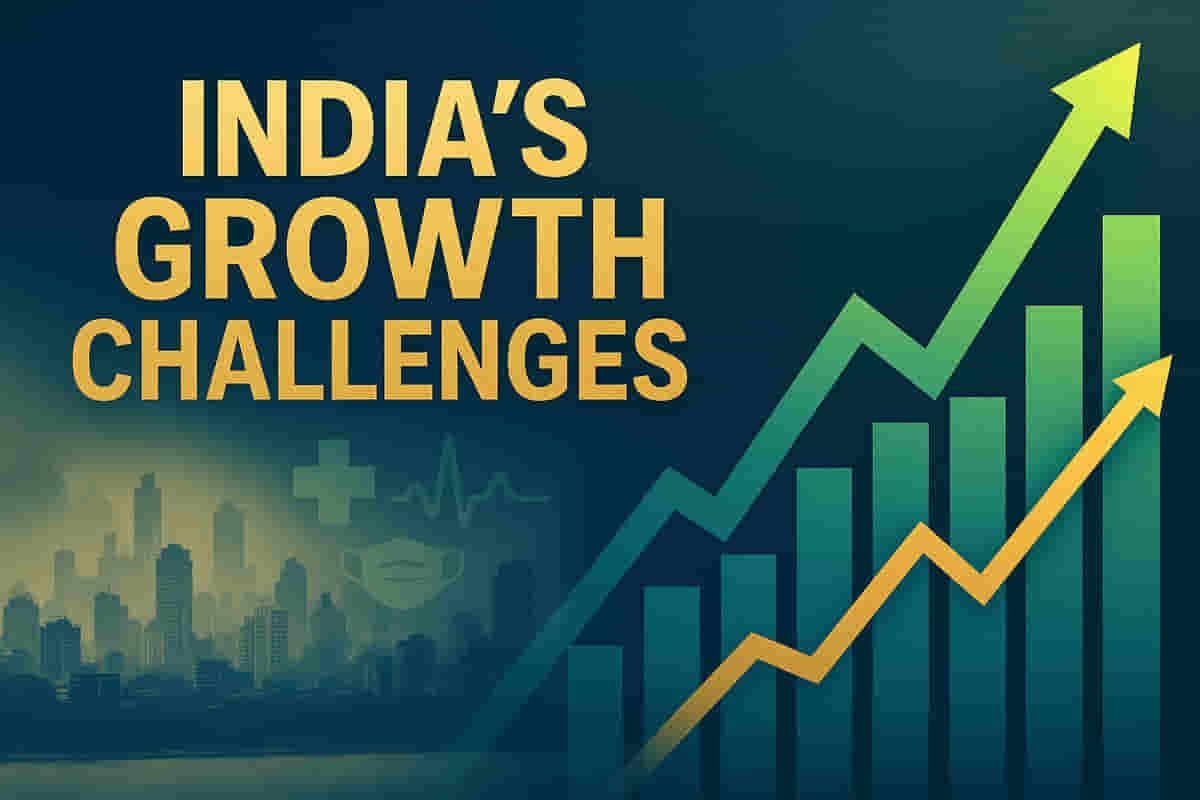India's Economic Growth Comes at High Cost: Pollution, Health Issues and a Call for New Urban Model
Economy
|
31st October 2025, 12:52 AM

▶
Short Description :
Detailed Coverage :
Since India's economy began to grow rapidly in the 1980s, the focus has been on economic expansion without adequately addressing its adverse effects on the environment and public health. Governments have been slow to enact necessary policies, resulting in increased prosperity that has come with significant pollution of air, water, and soil, impacting life expectancy. Historical examples like the "Clean Ganga" initiative in 1985 and early Public Interest Litigations (PILs) highlight the delayed government response to environmental crises.
Beyond environmental issues, economic growth has directly affected health, leading to rising obesity and diabetes rates, especially penetrating rural areas. Furthermore, the widespread use of smartphones has increased social isolation and loneliness. The current growth model is heavily urbanized, with major cities contributing disproportionately to the Gross Domestic Product (GDP). This concentration strains municipal services like water supply, drainage, and garbage collection, leading to exhausting commutes and daily frustrations.
Impact: This news highlights systemic challenges in India's development model, influencing long-term investor outlooks. It suggests potential policy shifts towards sustainable urban development and MSME support, which could benefit specific sectors and regions. The focus on environmental and health issues also points to growing markets for related solutions and services. The overall impact on the Indian economy is significant, affecting consumer behavior, infrastructure development, and regulatory landscapes. Impact Rating: 8/10.
Difficult Terms: Countervailing policy measures: Policies designed to counteract or offset negative effects. PIL (Public Interest Litigation): A legal action taken to protect public interest. Watersheds: An area of land where all the water that falls in it drains off into a common outlet. Airsheds: The area affected by air pollution from a particular source or region. GDP (Gross Domestic Product): The total monetary value of all the finished goods and services produced within a country's borders in a specific time period. MSME (Micro, Small, and Medium Enterprises): Businesses categorized based on their investment in plant and machinery or equipment and annual turnover. Dispersed urban concentration model: A development strategy that promotes economic growth and population distribution across smaller cities rather than concentrating it in a few large metropolises.